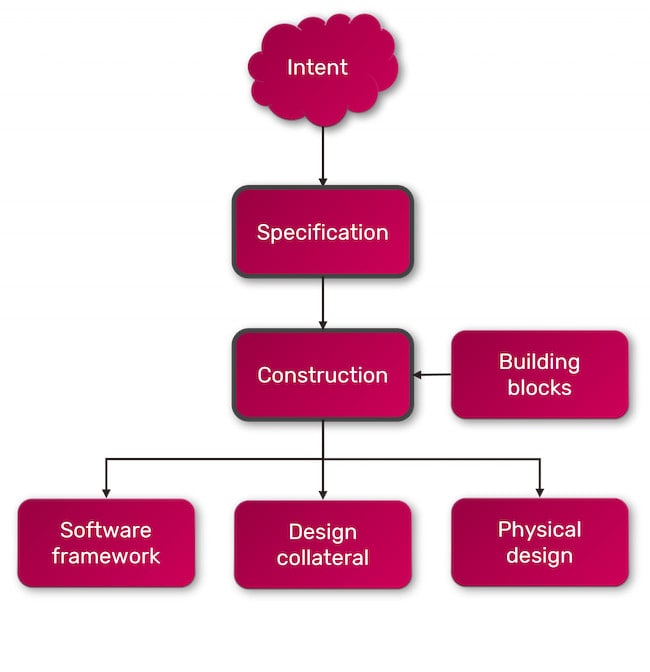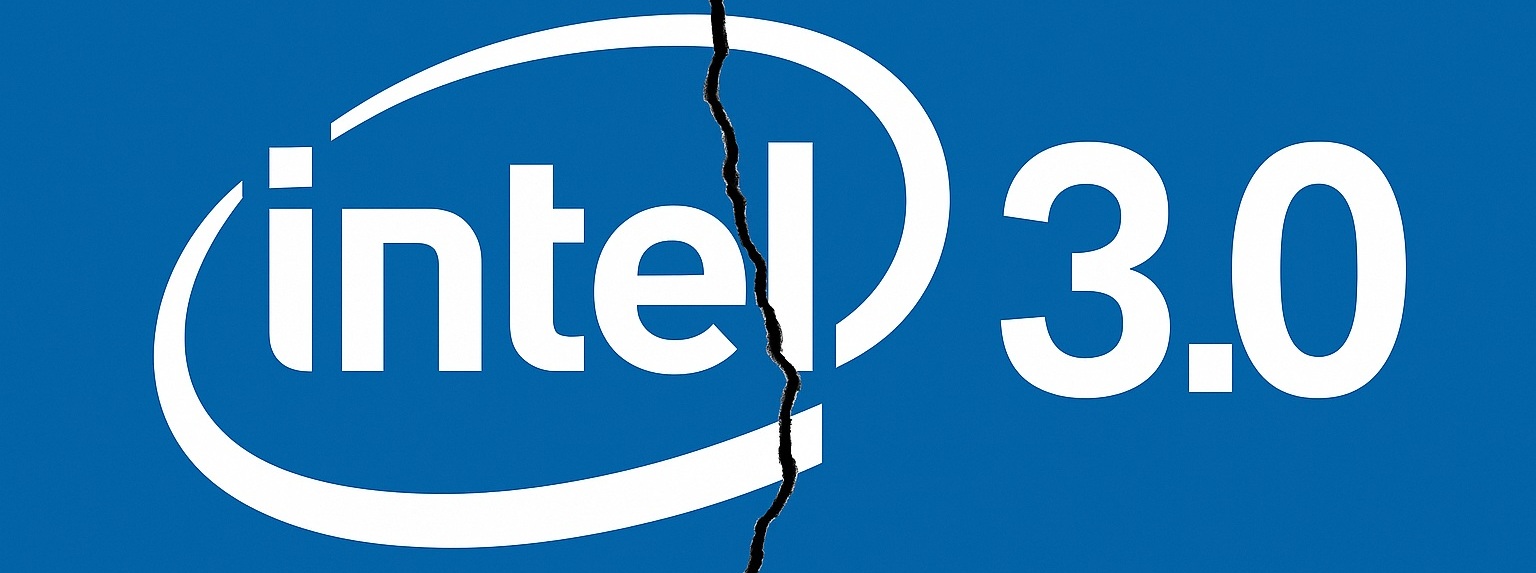Flash memory cards and solid-state drives (SSDs) provide high-performance storage in many devices and systems today. While the flash chips inside cards and SSDs provide raw capacity and performance, they must be combined with an intelligent flash controller to achieve the reliability system designers and consumers need. … Read More
 What XiangShan Got Right—And What It Didn’t Dare TryAn Open ISA, a Closed Mindset — Predictive…Read More
What XiangShan Got Right—And What It Didn’t Dare TryAn Open ISA, a Closed Mindset — Predictive…Read MoreWhy Intel may be the first casualty if Beijing retaliates over Biden’s export controls
After the Biden administration upped the ante in the tech war by restricting China’s access to advanced US semiconductor technology, the $64,000 question was “How might Beijing respond?”
Punishing American companies in China (like Apple and Tesla) was not considered likely given the employment they generate – Apple… Read More
Requiem for a Self-Driving Prophet
In a few short years, self-driving tech enfant terrible George Hotz managed to get a rebuff from Tesla CEO Elon Musk and a brush back from both the California Department of Motor Vehicles and the National Highway Traffic Safety Administration (NHTSA) while single-handedly inventing the aftermarket for autonomous vehicle technology. … Read More
Podcast EP121: Managing Design Flows and EDA Resources with Innova
Dan is joined by Chouki Aktouf, founder & CEO of Defacto Technologies and co-founder of Innova Advanced Technologies. Prior to founding Defacto in 2003, Dr. Aktouf was an associate professor of Computer Science at the University of Grenoble – France and leader of a dependability research group. He holds a PhD in Electric Engineering… Read More
Blockchain 4.0
The simple and best definition of Blockchain technology is to think about it as electricity , you only see it’s applications but you understand how important it’s and know there are many applications and products that can run on it . But like any other technology it went through stages and evolved as it progressed and matured. We started… Read More
Integrating High Speed IP at 5nm
Introduction:
The advancements in deep submicron technology and adding multiple functionalities to reduce costs combined with scaling existing operations means that SoC designs become ever more complex. The biggest driving factors to go below the 16nm process node are the decrease in power and the increase in performance … Read More
Podcast EP120: How NXP is Revolutionizing Automotive Electronics Design
Dan is joined by Jim Bridgewater, director of product marketing for NXP automotive edge product line.
Jim provides an overview of the various wireless interfaces in current automotive design. He also discusses a new product from NXP called OrangeBox, a device that combines many of these interfaces into one domain controller.… Read More
MIPI in the Car – Transport From Sensors to Compute
I’ve written on and off about sensors, ML inference of the output of those sensors and the application of both in modern cars. Neither ADAS nor autonomous/semi-autonomous driving would be possible without these. But until now I have never covered the transport between sensors and the compute that safely turns what they produce… Read More
SoC Design Closure Just Got Smarter
Near the end of any large SoC design project, the RTL code is nearly finished, floorplanning has been done, place and route has a first-pass, static timing has started, but the timing and power goals aren’t met. So, iteration loops continue on blocks and full-chip for weeks or even months. It could take a design team 5-7 days… Read More
Electron Blur Impact in EUV Resist Films from Interface Reflection
The resolution of EUV lithography is commonly expected to benefit from the shorter wavelengths (13.2-13.8 nm) but in actuality the printing process needs to include Pde the consideration of the lower energy electrons released by the absorption of EUV photons. The EUV photon energy itself has a nominal energy range of 90-94 eV,… Read More













A Quick Tour Through Prompt Engineering as it Might Apply to Debug